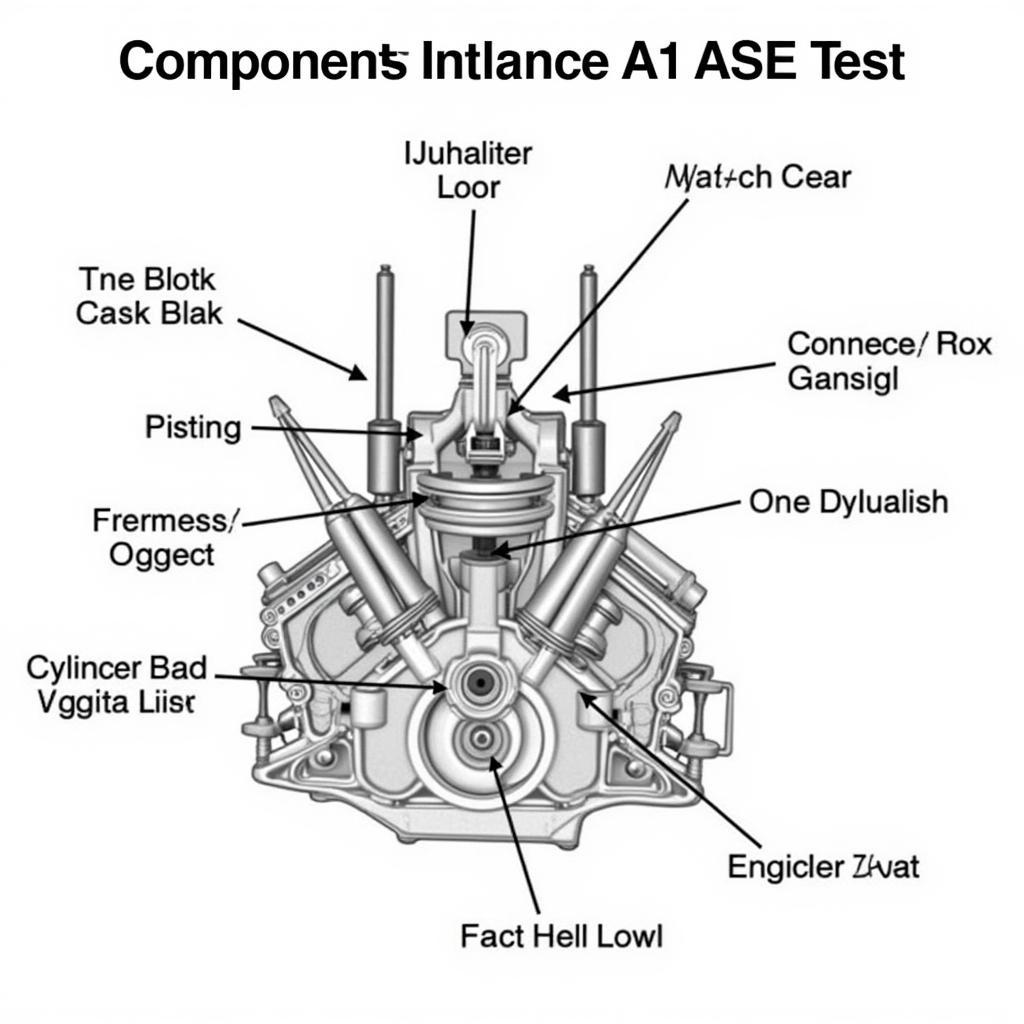ASEAN definition physiology refers to the intricate workings and dynamics of the Association of Southeast Asian Nations (ASEAN). This involves understanding its structure, functions, and the complex interplay of political, economic, and socio-cultural factors that shape its evolution and impact on the region. This article delves into the core principles, mechanisms, and challenges of ASEAN integration, offering a comprehensive overview of its “physiology.”
ASEAN’s Foundational Principles: A Framework for Cooperation
ASEAN’s physiology is rooted in a set of fundamental principles that guide its operations. These principles, enshrined in the Treaty of Amity and Cooperation (TAC), emphasize mutual respect, non-interference, peaceful dispute settlement, and renunciation of the threat or use of force. These tenets provide the framework for a collaborative environment, enabling member states to address shared challenges and pursue common goals.
- Mutual Respect for Sovereignty: Acknowledging the independence and territorial integrity of each member state.
- Non-Interference in Internal Affairs: Refraining from intervening in the domestic matters of other members.
- Peaceful Settlement of Disputes: Promoting dialogue and diplomacy as the primary means of conflict resolution.
- Renunciation of the Threat or Use of Force: Committing to peaceful coexistence and avoiding military aggression.
These principles are crucial in fostering trust and cooperation among diverse nations with varying political systems and economic development levels.
The Anatomy of ASEAN: Key Organs and Mechanisms
ASEAN’s organizational structure, its “anatomy,” comprises various interconnected bodies that facilitate its functions. The ASEAN Summit, the supreme policy-making body, sets the overall direction for the association. The ASEAN Coordinating Council, composed of foreign ministers, oversees the implementation of summit decisions. Other key organs include the ASEAN Secretariat, which provides administrative support, and various sectoral ministerial bodies that address specific areas like economics, culture, and social development. These mechanisms ensure coordinated action and efficient management of ASEAN’s activities.
The Role of the ASEAN Secretariat: A Coordinating Hub
The ASEAN Secretariat, headquartered in Jakarta, Indonesia, plays a vital role in the organization’s day-to-day operations. It provides administrative and technical support to ASEAN meetings, coordinates the implementation of ASEAN agreements, and facilitates communication among member states. The Secretariat acts as a central hub, ensuring smooth functioning and effective collaboration among various ASEAN bodies.
Challenges and Opportunities: Navigating the Complexities of Integration
While ASEAN has achieved significant progress in regional integration, its “physiology” faces various challenges. These include disparities in economic development among member states, differing political systems, and the need to address transnational issues like terrorism, climate change, and cybersecurity. However, these challenges also present opportunities for deeper cooperation and strengthened partnerships.
Addressing Economic Disparities: Promoting Inclusive Growth
One of the key challenges for ASEAN is the significant economic gap between its more developed and less developed members. Bridging this divide is crucial for achieving inclusive and sustainable growth across the region. ASEAN has implemented various initiatives to promote economic integration and narrow the development gap, such as the ASEAN Economic Community (AEC) Blueprint, which aims to create a single market and production base.
“Addressing economic disparities is not just about economic growth; it’s about ensuring that all ASEAN citizens benefit from the fruits of regional integration,” says Dr. Maria Santos, a leading economist specializing in Southeast Asian development.
Conclusion: ASEAN’s Evolving Physiology in a Dynamic World
ASEAN definition physiology encompasses the complex and dynamic interactions within the organization and its impact on Southeast Asia. Understanding these intricacies is vital for navigating the challenges and maximizing the opportunities presented by regional integration. As ASEAN continues to evolve in a rapidly changing global landscape, its “physiology” will adapt and strengthen, further solidifying its role as a key player in the region and beyond. By adhering to its foundational principles and strengthening its institutional mechanisms, ASEAN can continue to foster cooperation, address shared challenges, and promote peace, prosperity, and stability in Southeast Asia.
FAQ
- What does ASEAN stand for?
- ASEAN stands for the Association of Southeast Asian Nations.
- How many member states are there in ASEAN?
- ASEAN has ten member states.
- When was ASEAN established?
- ASEAN was established on August 8, 1967.
- What is the main goal of ASEAN?
- The main goal of ASEAN is to promote regional cooperation in Southeast Asia.
- Where is the ASEAN Secretariat located?
- The ASEAN Secretariat is located in Jakarta, Indonesia.
Need more help?
For further assistance regarding ASEAN or any other inquiries, please feel free to contact us:
- Phone: 0369020373
- Email: [email protected]
- Address: Thôn Ngọc Liễn, Hiệp Hòa, Bắc Giang, Việt Nam
Our customer service team is available 24/7 to assist you.
